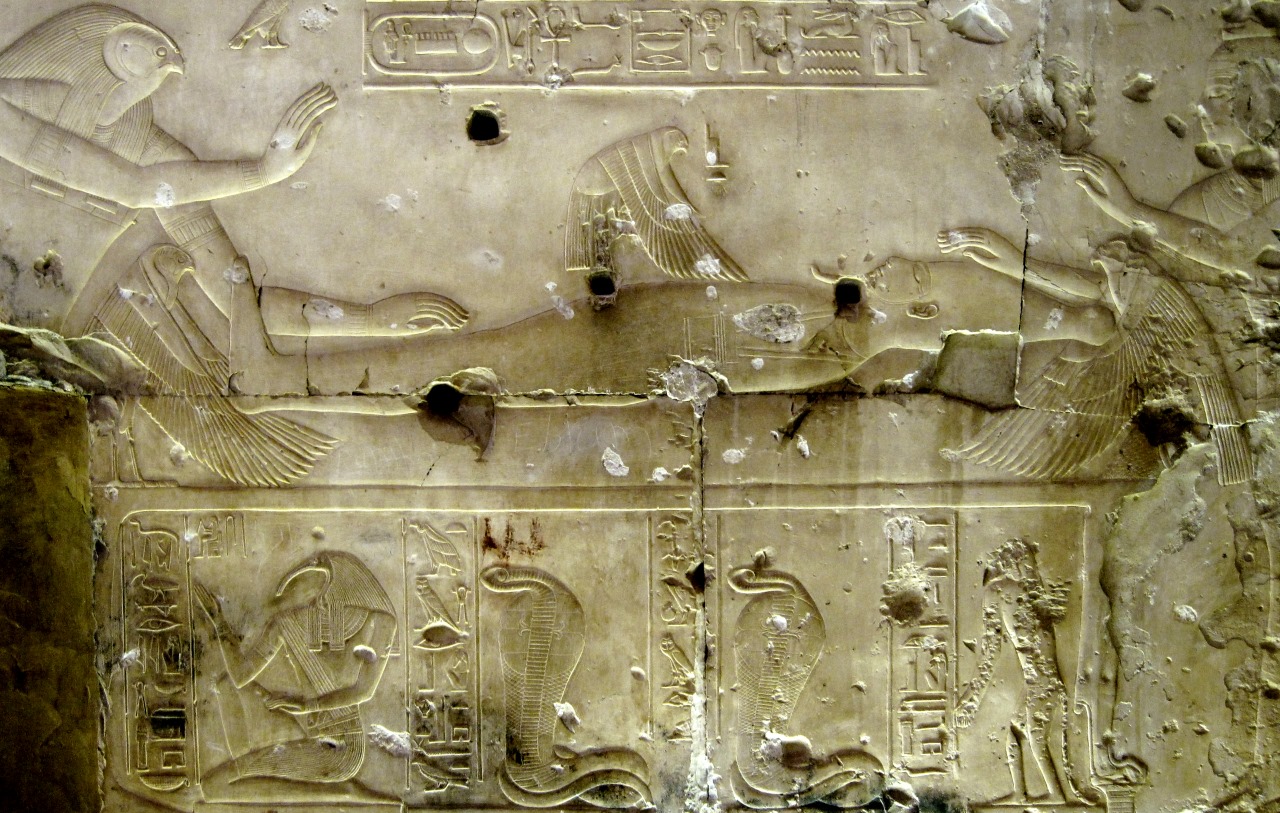Snakes and Ladders
May. 21st, 2025 09:46 am☤
Happy Hermes-Day! Can we talk about Teiresias for a second? That whole thing with the snakes [item 3] has been bothering me.
So if you're recall, one day blind Teiresias was walking on Mount Kullene (the birthplace of Hermes), stumbled across two snakes entwined in sex, and he accidentally crushes one or both of them with his staff. Hera was infuriated at this and changed Teiresias into a woman. Teiresias becomes a priestess of Hera. At some point, Apollo advises Teiresias that if he ever happens upon the same situation to crush one or the other of the snakes with his staff; in the eighth year of being a woman, Teiresias does and is restored to his original form.
This is clearly a story about reincarnation in order to learn a particular lesson: Teiresias is each of us, Teiresias's sex-change is reincarnating into different bodies, Hera is "mother Earth" and becoming her priestess is to devote oneself to learning her lessons; Apollo is the mysteries and his advice is the mystery teachings; eight years is a "great year" representing one's greater life (Apollodoros, Library III iv §2).
All that is very straightforward, I think; the only question is, what is the lesson to be learned? It has something to do with polarity, certainly, which already puts me at a disadvantage since I'm of a monistic bent and have a difficult time making sense of dualities; but it is further complicated by the fact that almost every version of the story we possess tells it differently. I tend to trust Apollodoros more than the others, but his version is itself ambiguous, so we're on our own.
Thinking about this, though, reminded me of the Ra Material; if you're not familiar with it, it's one of the major channeled texts of the New Age movement. (Since it's a channeled text, we're already in super-grain-of-salt-territory, but bear with me.) "Ra" states that there are seven degrees of consciousness, and that each degree of consciousness has a lesson to learn in order for beings of that consciousness to move to the next degree of consciousness. First degree beings (like minerals) are static and inanimate, and their lesson is to learn to move and grow. Second degree beings (like plants and animals) are animate but unselfconscious, and their lesson is to learn individuality. We humans are third degree beings, and our lesson is to learn to relate the individual to the all. "Ra" says that there are two polarities of relating to the all: the positive pole of giving to others or compassion, and the negative pole of taking from others or selfishness; since all is one, both the love of others and the love of self are ways of loving the all, and so either way can carry one upwards, but the crucial point is to develop enough reflective capacity and will to be capable of actively choosing a path.
Of course, all models are wrong, but some are useful: true or not, "Ra's" model certainly has the merit of making sense of the snakes. The female snake is the negative pole (and let me stress that I'm not denouncing women, I am referring strictly to the inward-attracting direction of any negative pole); the male snake is the positive pole (as outward-emitting); Teiresias is doomed to reincarnation by being incapable of choosing a path (his first killing is accidental); over a great year he studies the lessons of earth, guided by the mysteries; finally, he is freed from reincarnation by choosing a path (his second killing is willed). Perhaps it even makes sense of why so many variants of the story are recorded: a "pure" version of the story, like the "Ra" material, stresses the free will of the individual to choose as they please; however, "moralistic" versions of the story might urge the individual to prefer one or the other polarity. (And I can certainly sympathize with this: I would, myself, much rather hasten to the light in love than sound the darkness in isolation.)
Penises (as emblematic of male sexuality) are really all over the mysteries, from the phalluses in the temples of Osiris to the thursoi of Dionusos. (Hell, if you haven't read De Dea Syria, there's a veritable boatload of penises in there for you.) I've always thought that's pretty weird to say the least, but if it's an injunction towards the positive pole, that would at least make some sense of it.
It is interesting to me that Hermes picked up the image of the story as his symbol, carrying always the kerukeion with it's two snakes coiling around Teiresias's cornel-wood staff, topped by the wings which the development of will grants. It is interesting that this became Hermes's symbol even though Athena also figures prominently in the Teiresias myth; we see just the opposite in the Perseus myth, where Perseus is guided by both gods, but only Athena took her symbol—the head of Medousa affixed to a shield—from there.
